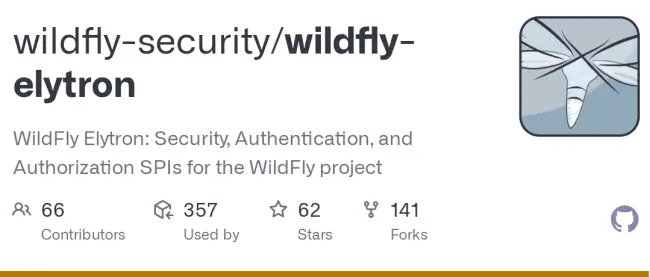In this tutorial we will learn how to configure an Elytron JDBC Realm on WildFly 11 using both the Web console of the application server and the Command Line Interface (CLI).
Securing WildFly Management Console with LDAP
This is a two-part tutorial about using LDAP on WildFly application server. In this first one we will learn how to configure the management console to use LDAP for authentication. In the next one we will learn how to use KeyCloak to authenticate and authorize application users against the LDAP server. We will use ApacheDS … Read more
